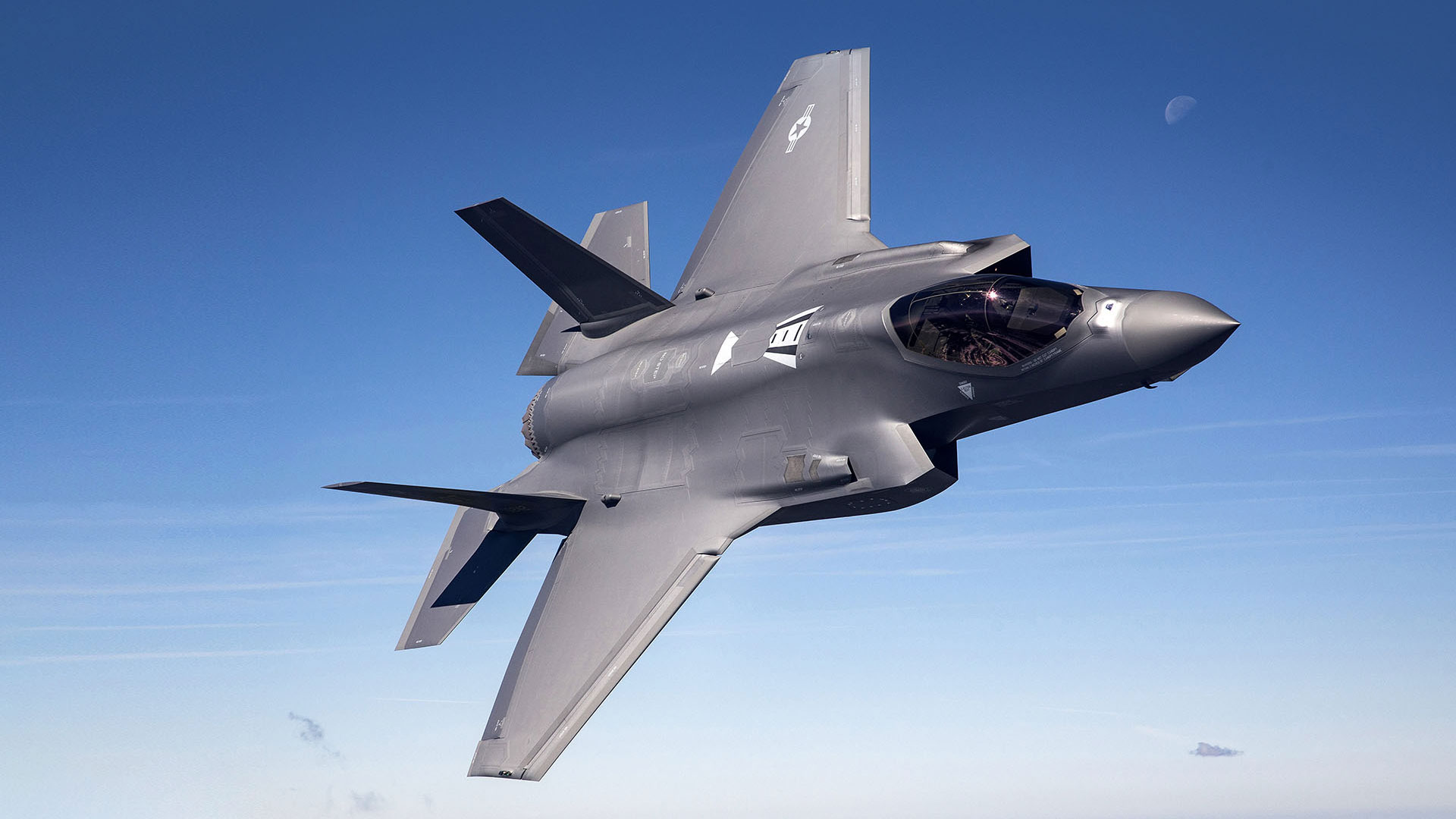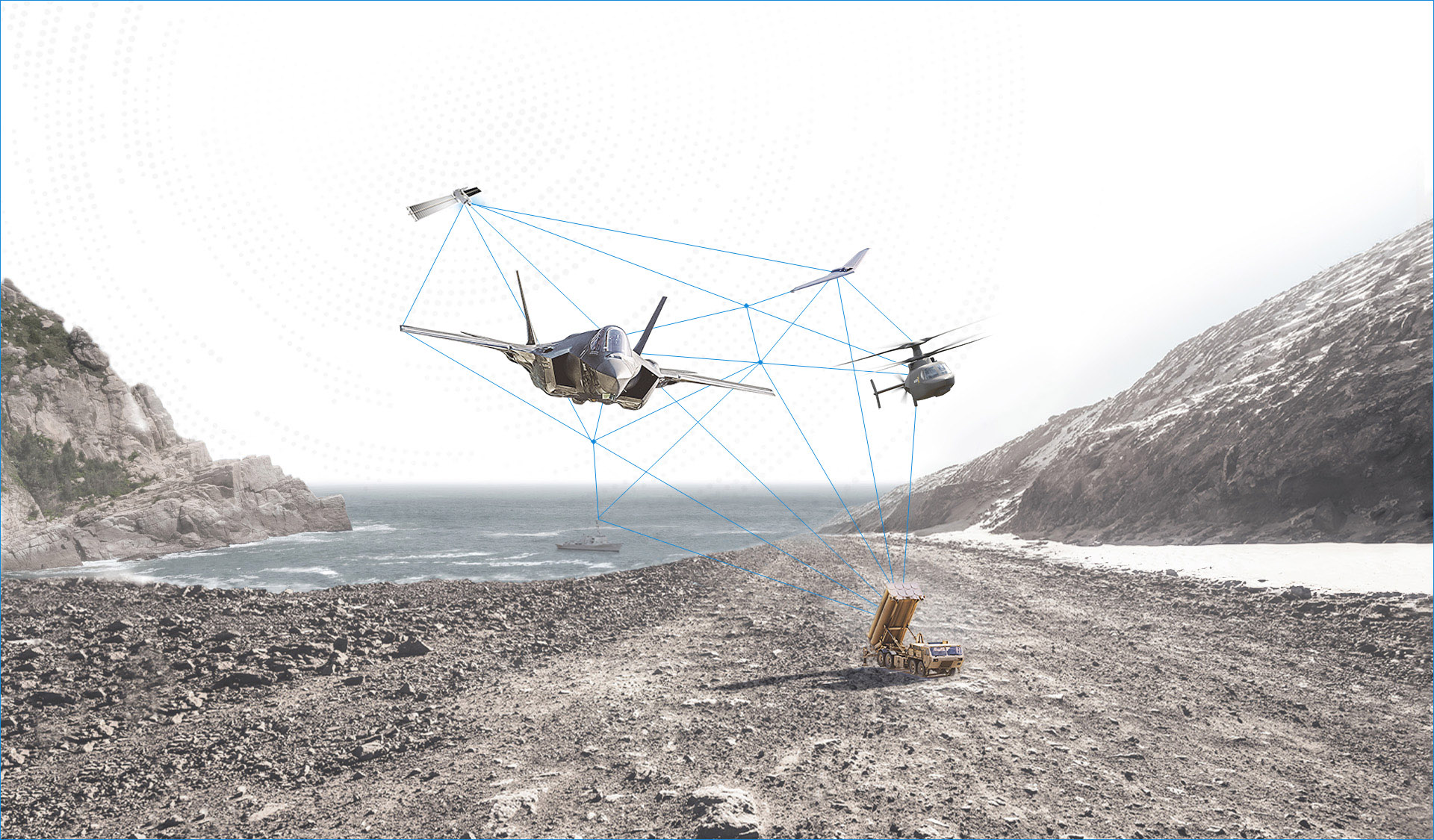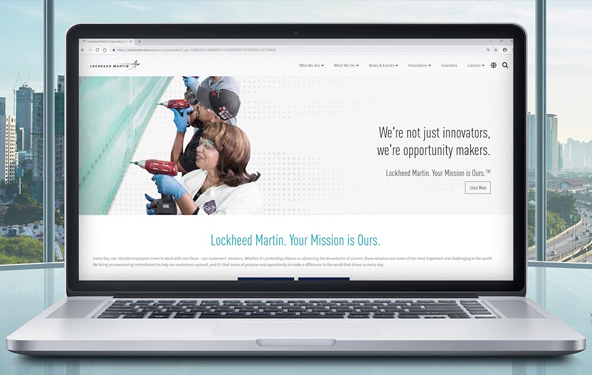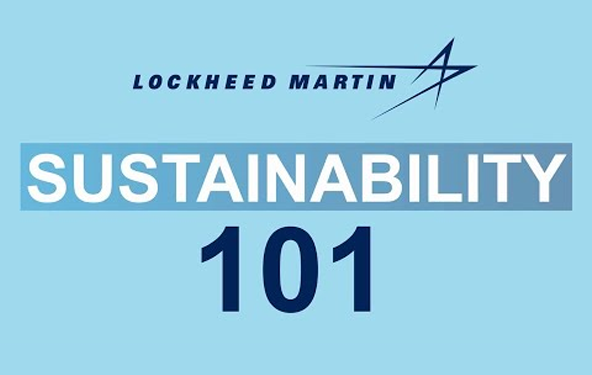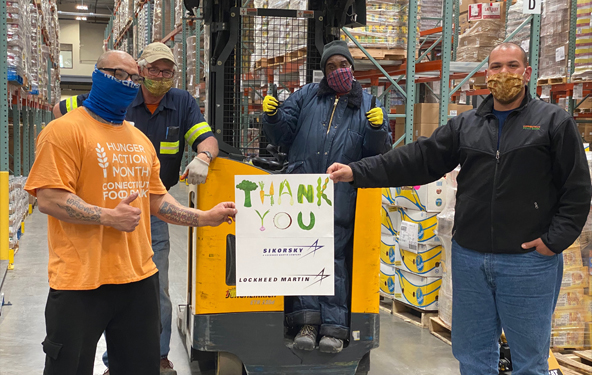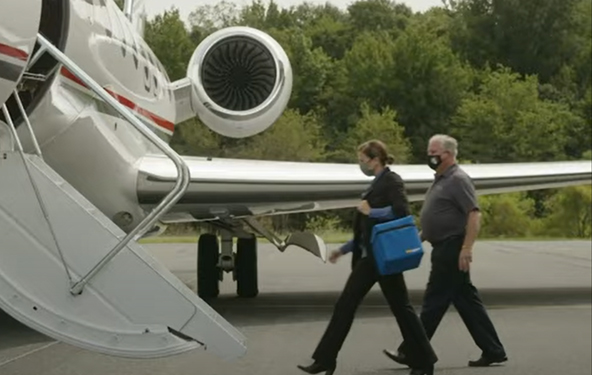Making Man and Machine Work in Sync
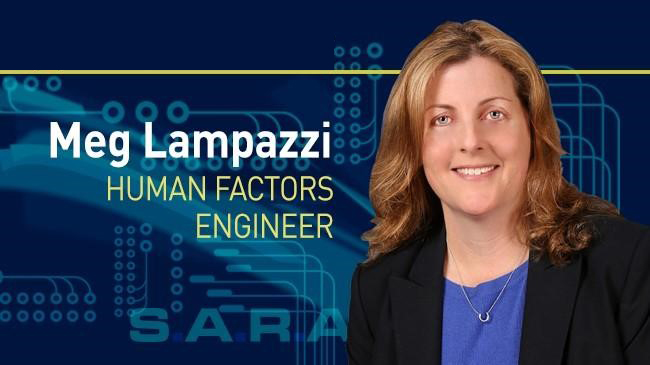
How do you make humans and machines work in perfect harmony? That’s the question autonomy engineers are trying to solve every day as they make cutting-edge developments in aviation.
As a senior Human Factors engineer at Sikorsky, Meg Lampazzi works at the intersection of man and machine to create the perfect balance between pilots’ capabilities and the aircraft they fly.
In her 20 years at Lockheed Martin, Meg has worked on a variety of projects, from one of the first helicopters to incorporate autonomy – the RAH-66 Comanche – to the DARPA Sandblaster that helps pilots fly safely in zero-visibility conditions such as dust, fog, rain and snow. A former flight test engineer with graduate degrees in aeronautics and psychology, Meg uses her diverse background to gain a full understanding of both the human brain and the aircraft’s capabilities.
“Autonomy is using technology to unburden the pilot as we know it today and alleviate him or her from doing all the housekeeping tasks they are so accustomed to today,” she said.
Each day is different for Meg as she applies her knowledge to both the human and machine sides of autonomy. She creates a task analysis model to predict how saturated the pilot’s workload is compared to the machine. She also comes up with entirely new design concepts.
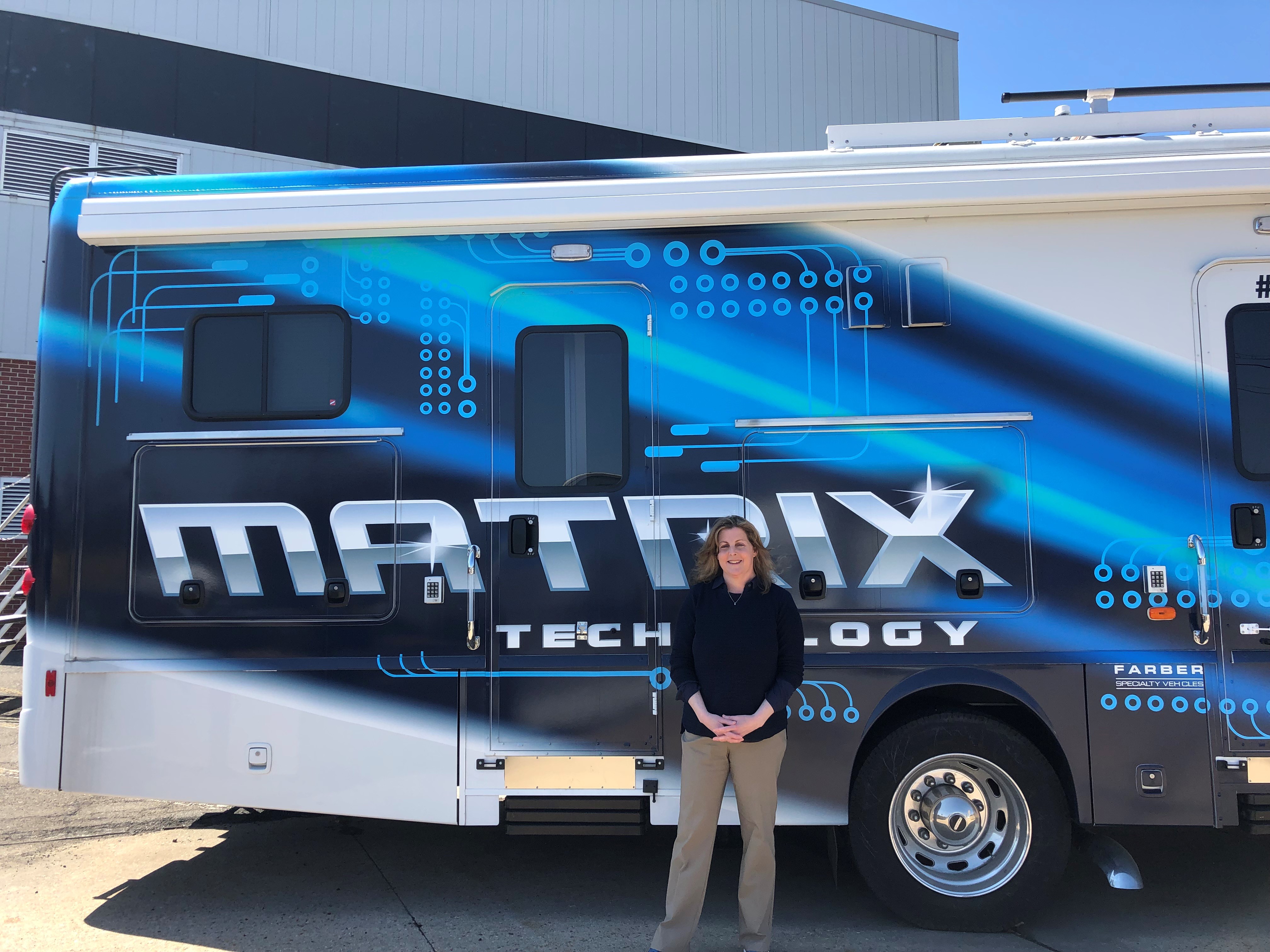
Meg stands with the MATRIX™ Technology ground unit, which enables autonomous modes of flight.
In a field so focused on the human brain, it’s no surprise that autonomy engineers must love working with people. Meg cites the team as one of her favorite aspects of the job.
“It’s really about creating a system that works seamlessly with the human being, and to do that you have to like working with human beings,” Meg said with a laugh. “Each person is smarter than the next, and everybody seems to have a passion for breaking new ground and exploring new concepts in aviation, and that makes it fun.”
Working at the cutting edge of technology comes with its own set of challenges. Unlike other projects, there are no specific guidelines for designing autonomous flight control systems and interfaces.
“If you work on any production program, the requirements are very clear and they’re explicit,” she said. “There are no rules to tell you how to make the flight control system transparent to the human being or how to create a new flight display that provides more abstract information rather than the traditional primary flight information (that hasn’t changed in 100 years) which is geared towards supporting manual control of an aircraft.”
According to Meg, the biggest misconception about autonomy is that the field is trying to eliminate the use of human pilots by replacing them with advanced robots.
“There’s a myth that the more autonomous something is, that human beings are okay with those systems working on their own. But as long as humans are in the cockpit, they want to know what’s going on and have a thirst for knowledge. That’s just how we’re wired,” Meg said. “So, I think that point of, ‘You don’t really need human engineering because [autonomy is] taking over that task,’ is a fallacy. If anything, we need more insight into what the autonomy is thinking through advanced user interfaces – much different from the way that we understand cockpit design now.”
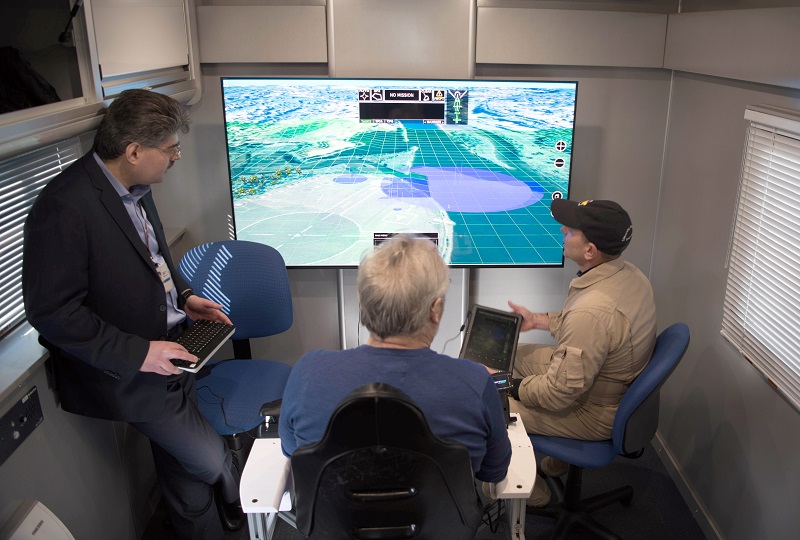
Sikorsky invited reporters to fly the SARA (Sikorsky Autonomy Research Aircraft) at its Stratford, Connecticut, headquarters. The helicopter employs MATRIX™ Technology, which enables autonomous modes of flight. With only 30 minutes of training, the reporters were able to take off, guide the aircraft to a specific destination, and land safely. Check out this story from The Verge.
Finding the perfect balance between man and machine is a constant challenge that keeps Meg engaged and excited for the future.
“Computers still cannot replicate the perception and learning that goes on by human beings over time, surmising what to do and how to assess the situation,” Meg said. “My field is to figure out what the machine does well and what the human does well and try to bring that together into a compatible relationship. And yet there’s so much we still don’t understand about the brain and science and how we retain patterns of information that create experiences, so it’s a fascinating area.”
Interested? Or know someone who would be a good fit for this team?
Are you up to the challenge? Know someone who would be a perfect fit on our autonomy team? Lockheed Martin offers many opportunities, including openings for:
- Flight Controls and Autonomy Engineers
- Autonomy Motion Perception Engineers
- Robotics Software Engineers.
For more information on all the available roles in Autonomy, click here.
© 2019 Lockheed Martin Corporation. All Rights Reserved.



